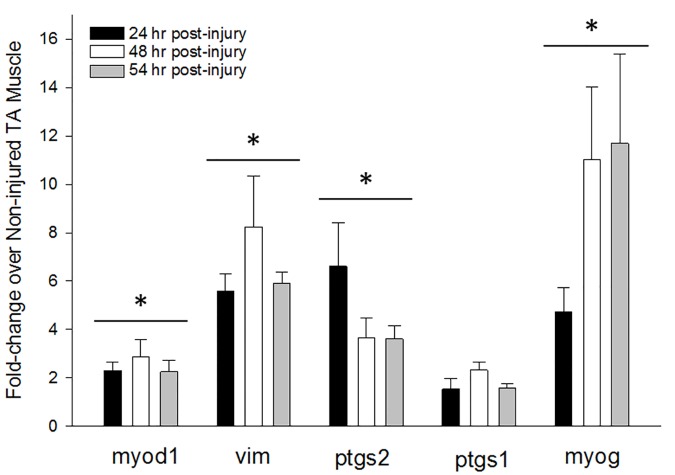Fig 2. Experimental eccentric contraction injury stimulates physiological responses characteristic of muscle regeneration.
Mice (4-12/group) underwent the EC regimen described above. Non-injured and injured TA muscles were harvested at the indicated times post-injury, flash-frozen and used to evaluate the relative expression of genes involved in muscle regeneration by qRT-PCR as described in Methods. Data are given as the mean fold-change in gene expression relative to the non-injured muscle ± standard error of the mean (SEM). Calculation of the 95% confidence interval using the log2-transformed fold-change values revealed that all genes were significantly increased at each time point relative to the non-injured control as indicated by the grouped asterisks, except the 24h ptgs1 expression. No corresponding proteomics analyses were conducted at 24 or 48 hrs; at 54 hrs post-injury the only corresponding protein that was significantly altered by injury was vimentin (Table in S1 Table: Proteins Significantly Altered by Injury; 1.745-fold increase; p = .0236).

